No. 2097CONSTANTINE THE AFRICAN
by John H. Lienhard
Today, Constantine the African. The University of Houston's College of Engineering presents this series about the machines that make our civilization run, and the people whose ingenuity created them.
Salerno was a part of the Kingdom of Sicily, in AD 1060. It'd been under Moslem rule for over a century. That year, even before the Battle of Hastings, the Normans invaded Sicily and conquered it. Now Southern Italy, and especially Salerno, was a great cultural mixing bowl of Mediterranean civilizations. Salerno had already been, and it remained, better defined by its cosmopolitan intellectual energy, than by any ruling group.
Just after the Normans came, a Carthaginian merchant/scholar visited Salerno, Constantine the African, a Moslem fluent in Arabic as well as Greek and Latin. Constantine was a medical-book collector, and Salerno was the best-known European center of medical learning. Constantine saw that Salerno was far behind the Arabs.
So, when he was suspected of practicing magic and exiled from Carthage three years later, he loaded his library on a ship bound for Salerno. It included Arabic translations of lost Greek and Latin medical works -- Hippocrates, Galen, and others. It also included the more advanced treatises of later Arab doctors.
The voyage was marred by a storm that rose up and destroyed many of the books. But Constantine saved a great deal. Then he converted to Christianity and set up shop translating this literature into Latin in the Monastery at Monte Cassino (North of Salerno). Well, maybe translate is not quite the right word. Much of his writing consisted of new books based upon the old works, with ideas moved around and added to.
He's been called a plagiarist, yet what he was doing was no secret. He set out to create a medical literature adapted to bring the West up to speed. Another wrinkle in the plagiarism debate is that he was writing in a region recently retaken from the Moslems by Christians -- a region where it was politically unwise to rub his patron's noses in his Islamic sources.
And he succeeded: In the following century, Salerno became home of what we call the first medical university. And it all came to rest on a voluminous infusion of medical literature (whether translations or original writings) by Constantine the African.
By way of emphasizing the great openness of that intellectual era, another influential medical writer was born in Salerno just about the time Constantine died. This writer produced a body of work called The Trotula. To the best of our knowledge the writer was a woman named Trocta -- an important doctor and teacher whose works, like Constantine's were read and used for centuries.
People speak of a medieval renaissance in those years. It was a time of invention, freedom of ideas, and mental animation -- with cities like Paris and Salerno serving as its centerpieces. And, in the case of Salerno, a major part of its ascendancy was the arrival of an African scholar who looked at the place, and said to himself, these people are backward; something must be done about it.
I'm John Lienhard, at the University of Houston, where we're interested in the way inventive minds work.
(Theme music)
M. McVaugh, Constantine the African. C. C. Gillispie, ed., Dictionary of Scientific Biography, Vol. 3 (New York: Charles Scribner's Sons, 1970): pp. 393-5.
A. S. Lyons and R. J. Petrucelli, Medicine: An Illustrated History. (New York: Abradale Press, 1978/1987) pg. 319.
http://www.muslimheritage.com/topics/default.cfm?ArticleID=434
M. Green, The Trotula: An English Translation of the Medieval Compendium of Women's Medicine. (State College, PA: Univ. of Pennsylvania Press, 2002).A portion of the map of southern Europe in AD 1097 as shown in the Hammond Historical Atlas of the World, MCMLXXVI. The term Carthage refers to the ancient city once located roughly where Tunis now sits, or the surrounding region which it controlled.
Friday, December 19, 2008
Subscribe to:
Post Comments (Atom)








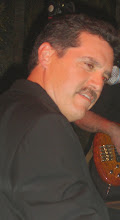





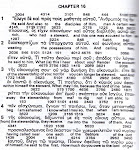

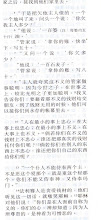






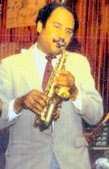







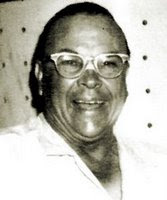




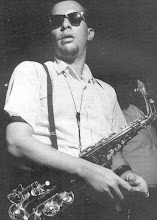




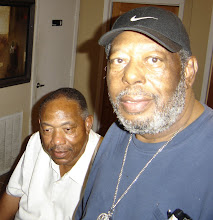













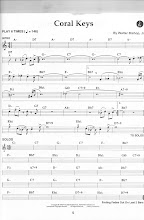

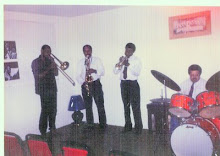






No comments:
Post a Comment